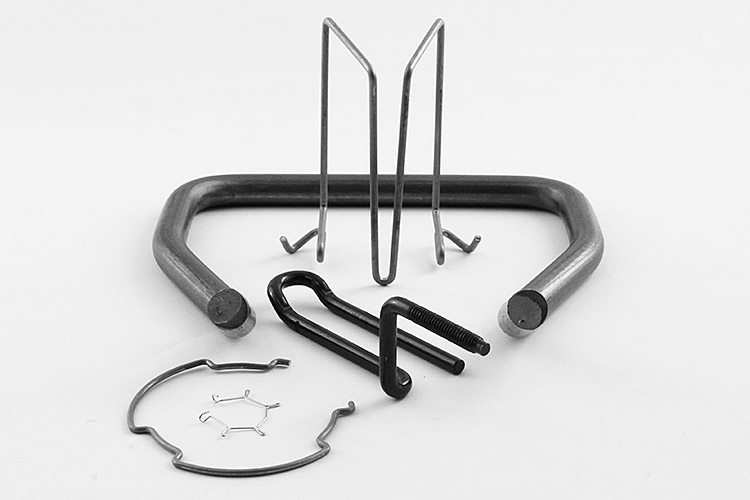Get unique, complex parts easily. No matter your requirements, Chaoyi Spring creates hard-to-produce coil springs and wire forms.
Let us help you create the custom wire form you need, from S-hooks and J-hooks to utility hooks and more.
We work closely with customers across a wide range of industries, helping them design and manufacture made-to-order parts.
Why choose Chaoyi Spring? We prioritize customer-focused collaboration, modern equipment and the latest technology to make your parts per print.
Find the information and guidance you need, from measuring a spring to learning about materials, placing an order and much more.
Have you ever wondered how a simple spring can store so much energy? From the bouncy coils of a child's toy to the powerful mechanism of a car suspension, compressed


Have you ever wondered how a simple spring can store so much energy? From the bouncy coils of a child's toy to the powerful mechanism of a car suspension, compressed springs are everywhere, quietly storing potential energy that can be unleashed at a moment's notice. This energy, known as elastic potential energy, is the key to understanding how springs work and why they are so useful in various applications. This article delves into the fascinating world of compressed springs, exploring the science behind their energy storage and the factors that influence the amount of energy they can hold.

At its core, the energy stored in a compressed spring is a result of its elastic properties. When you compress a spring, you are essentially deforming its structure, forcing its coils closer together. This deformation creates a force within the spring, resisting the compression. This force is proportional to the amount of compression, a principle known as Hooke's Law.
Imagine a spring like a tiny, tightly wound rope. When you pull on one end of the rope, it stretches. This stretch creates a tension force within the rope, pulling back on your hand. Similarly, when you compress a spring, you create a force within the coils, pushing back on your fingers. The stronger the spring, the more force it will exert to resist compression.
Several factors influence the amount of energy a compressed spring can store. The most important ones are:
The formula that governs the relationship between these factors and the stored energy is simple and elegant:
Elastic Potential Energy (PE) = (1/2) * k * x²
This formula tells us that the energy stored in a spring is directly proportional to the square of the compression distance and the spring constant. This means that doubling the compression distance increases the stored energy fourfold!
The energy stored in compressed springs has a wide range of applications, from the mundane to the extraordinary. Here are some examples:
While compressed springs are remarkably useful, it's crucial to handle them with care. Overcompressing a spring can lead to its permanent deformation, reducing its ability to store and release energy. Additionally, the release of stored energy from a compressed spring can be powerful, potentially causing injury if not handled correctly. Always ensure that the spring is used within its design limits and take necessary safety precautions.
The seemingly simple act of compressing a spring unleashes a force of nature in miniature. By harnessing the principle of elastic potential energy, springs play a vital role in numerous applications, from everyday objects to high-tech systems. Understanding the factors that influence the energy stored in a spring allows us to design and utilize these remarkable devices effectively and safely.
The next time you encounter a spring, whether in a toy or a complex machine, remember the energy it holds within its coils. It's a testament to the power of simple mechanics and a reminder that even the smallest things can pack a surprising punch!
Browse some of the custom wire forms and springs that we manufacture. Don’t see what you need? We specialize in made-to-order products that meet your application requirements.
Visit Our GalleryNeed a custom wire form or coil spring? We make it work. Fill out the contact form and a representative will respond within 1 business day. If you have a PDF or CAD file, you can submit to request a quote.